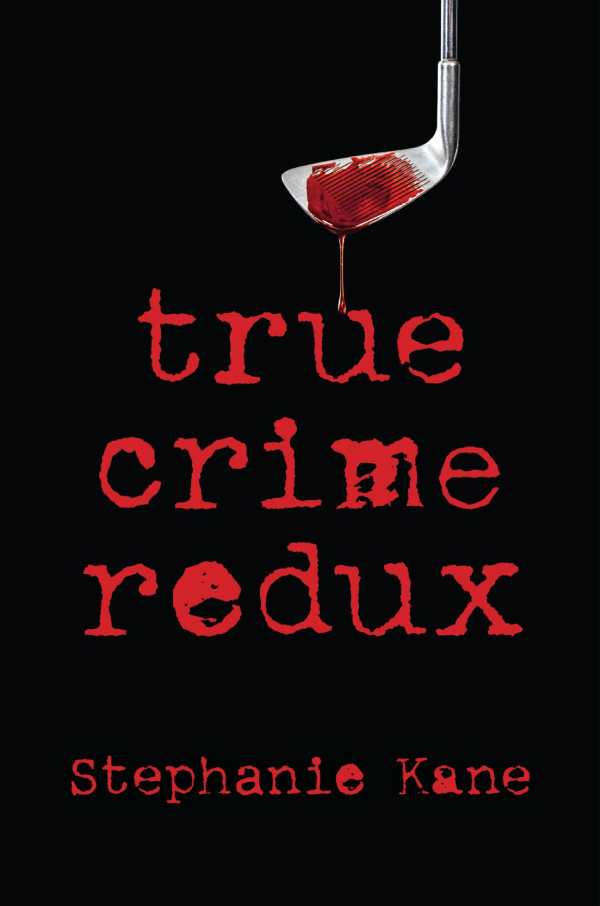True Crime Redux
A cold case breaks open thanks to a novelist’s determination in the unique true crime book True Crime Redux.
Lawyer and true crime writer Stephanie Kane’s often gripping book True Crime Redux recounts the brutal murder that became the impetus for one of her novels.
This multilayered book chronicles the unsolved murder of Betty Frye, the mother of Kane’s ex-husband. Kane talked to Betty on the day she died. Here, Kane recaps the killing and the investigation, including how the district attorney’s office abandoned the prosecution, and shares observations about Betty’s family. Kane also reveals that she wrote a novel, Quiet Time, about the case; the novel reignited interest in prosecuting the killer. Indeed, drafts of the novel were subpoenaed to support a gambit by defense attorneys, who claimed that their client had been accused under false pretenses.
Presented through the inventive framework of a introductory criminal justice course focused on the case, the book’s chapters begin with background information. They also explain concepts including false narratives, clues, facts, and inferences, though in a didactic, dictionary-definition manner. Still, the book’s mini-lectures on criminal justice fundamentals are focused enough to complement the narrative, musing on topics like why prosecutors stall and how injustices take root.
In addition to its coverage of the crime, the book deconstructs the criminal justice system for outsiders. It seeks to universalize the court proceedings at the book’s center, treating Betty’s murder as representative of cold cases and deferred justice everywhere. Its considerations of crime and punishment are broad and philosophical: Kane even makes note of how the ancient Greeks thought about justice.
The prose is variously cerebral and hard-boiled, sharing details with dramatic flair, as of how “audiotapes instantly erased the passage of forty years.” However, despite its openness with case evidence, it also involves too much speculation about the killer’s motives. It makes broad generalizations about behavior as well. And its discursive passages, as with a discussion of the history of Chutes and Ladders alongside information about judicial proceedings, often impede it. Still, Kane is meditative to the book’s end, covering subjects including guilt, grief, honesty, and mercy. The book’s final fade-out, though, is somewhat anticlimactic, covering a mundane phone conversation with the victim’s sister before she passed to reemphasize the crime’s continuing human toll.
True Crime Redux takes a unique approach to true crime, covering a murder case gone cold and its novel-led revival.
Reviewed by
Joseph S. Pete
Disclosure: This article is not an endorsement, but a review. The publisher of this book provided free copies of the book and paid a small fee to have their book reviewed by a professional reviewer. Foreword Reviews and Clarion Reviews make no guarantee that the publisher will receive a positive review. Foreword Magazine, Inc. is disclosing this in accordance with the Federal Trade Commission’s 16 CFR, Part 255.

